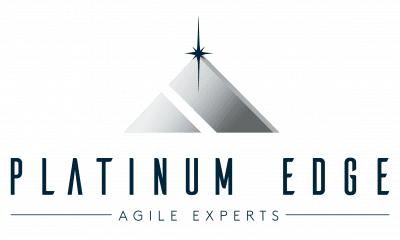Many who are new to agile skeptically ask, “I see that agile techniques are flexible, but what about planning and strategy?” Likewise, some critics of agile techniques focus on the flexibility aspect and see it as rudderless. They fail to recognize the strong balance between planning and empiricism that makes agile techniques so effective.
At Platinum Edge, under our Roadmap to Value model, we are tactically flexible because we are strategically stable. How?
1. Product Vision: The product vision sets the end goal and provides the outermost boundary of what is considered part of the project.
Learn more about the product vision
2. Product Roadmap: The product roadmap provides the ‘big picture’ view teams need to stay focused on the vision.
Learn more about creating a product roadmap
3. Release Goal: The release goal establishes the mid-term boundary around specific functionality that will be released to customers to use in the real-world.
Learn more about creating a release plan
4. Sprint Goal: The sprint goal establishes the immediate boundary that allows the team to commit to the amount of work that will be accomplished that sprint.
Learn more about sprint planning
Product owners (who are, ironically, primarily responsible for ROI) sometimes struggle to commit to and invest in regular vision and roadmap development. In these scenarios, scrum exposes that a team is floating along rudderless–strong on flexibility, but weak on strategy.
Defining a vision, establishing a roadmap and regularly refining them both will be one of the greatest investments you make in your product and your team. It is the essence of agile success!

